Nature Photography Tips! Are you a budding photographer with a deep love for nature? Do you find yourself constantly captivated by the beauty of the natural world, wanting to capture it in all its glory through your lens? If so, this article is just for you. In this guide, we will uncover some essential nature photography tips that will help take your skills to new heights. From understanding lighting and composition to finding the perfect vantage point, we’ll explore techniques that will enable you to create breathtaking images that truly showcase the wonders of Mother Nature.
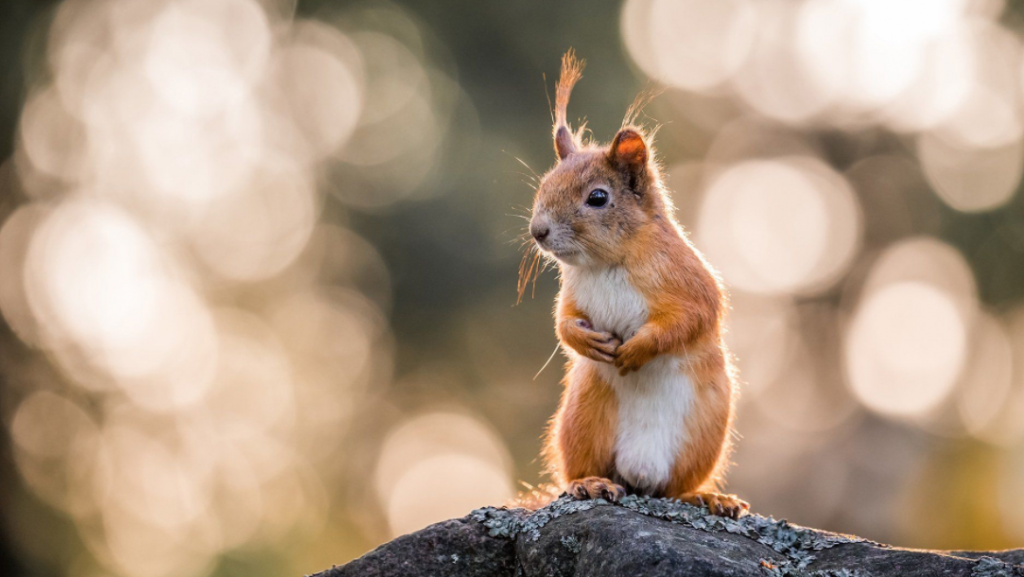
Nature Photography Tips
Here we will give you some tips on taking pictures of nature.
Tip #1: Use Manual Focus for Macro Shots
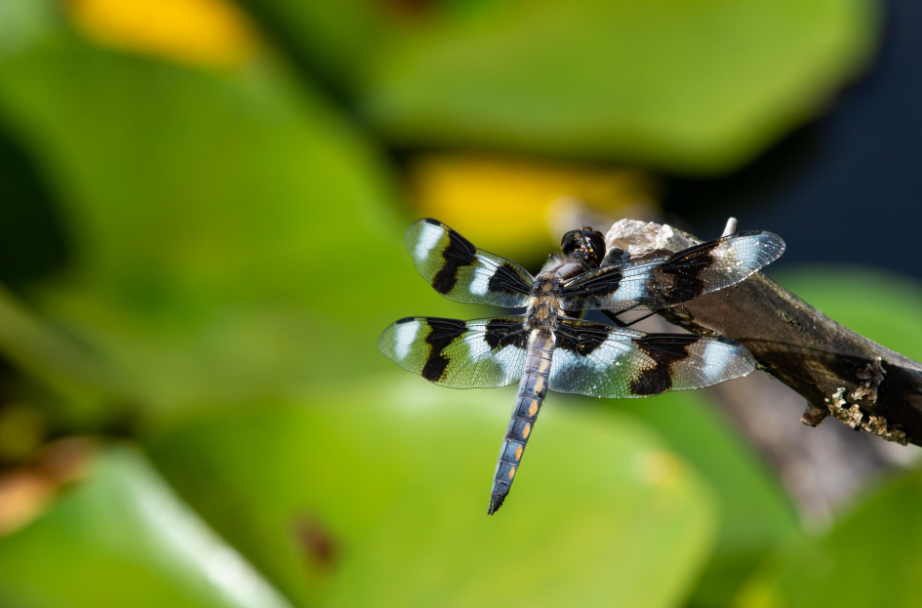
Use manual focus for macro shots do not use the camera’s autofocus! Because with lenses that are specifically dedicated to macro work, the depth of field is usually very limited and you will only get the focus right when using manual focus.
Tip #2: Use a Sturdy Tripod

Use a sturdy tripod if possible to make it a “real” tripod (e.g., with three legs) because it is more stable than tripods with four legs.
Tip #3: Do Not Touch Your Camera

Do not touch your camera you should not let your camera or tripod touch any object because vibrations will result if there is a contact.
Tip #4: Use a Remote Release
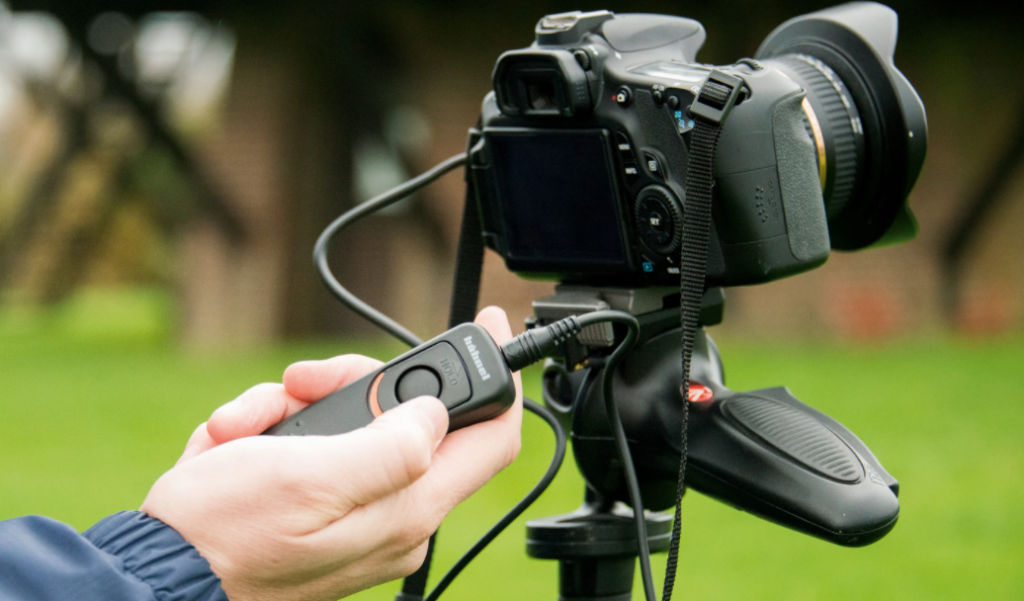
Use a remote release I know that this is very often no option with entry-level DSLRs but it does help to minimize vibrations!
Tip #5: When Shooting in the Cold
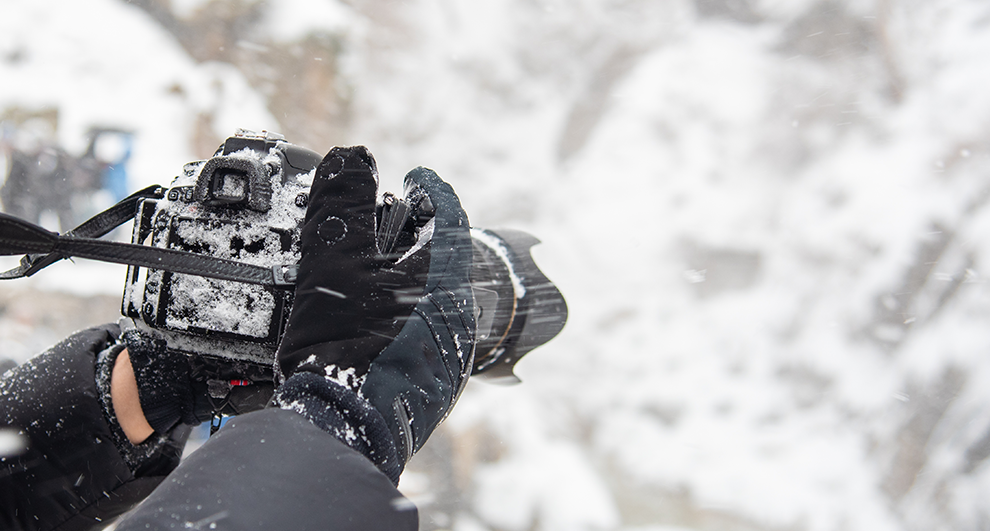
When shooting in the cold, keep your batteries warm by putting them in your coat’s inside pocket. This way the camera will work faster and you can take more pictures of course, only if it is provided with enough power by the batteries!
Tip #6: Make Sure That There Is No Snow on Your Lens!

Make sure that there is no snow on your lens! If this happens, wipe it off carefully before taking any shots, or else you will get snow on your images, too.
Tip #7: Snow on Your Lens
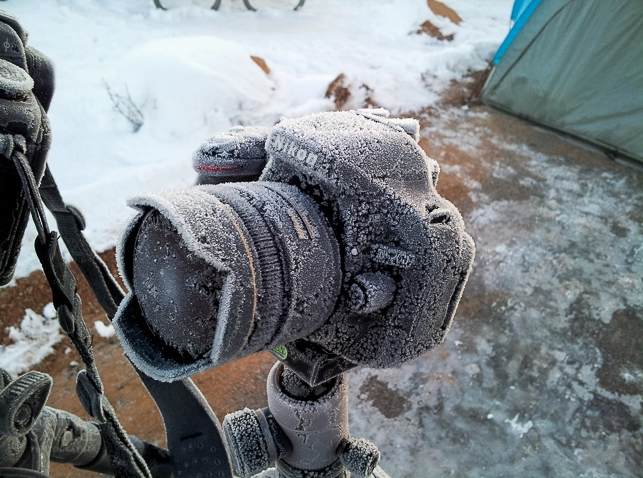
If there is snow on your lens, do not use a tissue or cloth for wiping it off because it will scratch the lens cover glass or even worse – leave trails and lead to a lack of sharpness in images (see picture below)
Tip #8: Do Not Touch the Front Lens Element!

Do not touch the front lens element! Do not let any part of your body or clothing come in contact with the front lens element. If you do, remove it and clean it before shooting!
Tip #9: Use a Circular Polarizing Filter
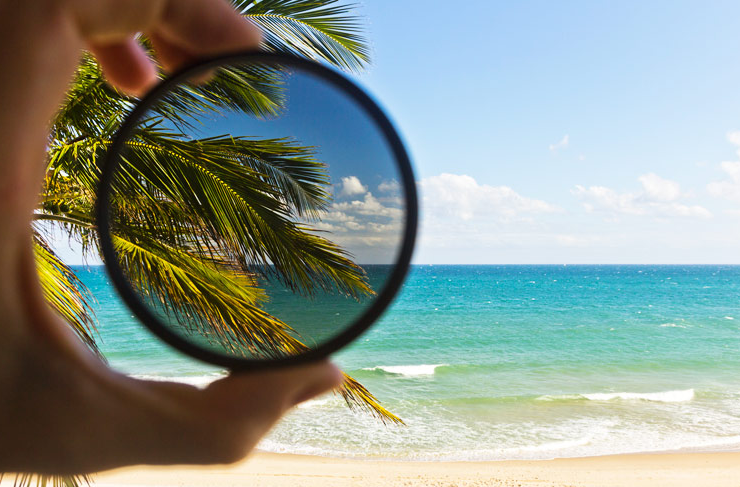
Use a circular polarizing filter to increase contrast and saturation slightly – do not use such a filter for images with moving objects (e.g., people) because the light intensity will change between the different pictures that you take and the subject will not be sharp anymore.
That’s it! 🙂
Conclusion
In conclusion, nature photography is a wonderful way to capture the beauty of the world around us. By following these tips, you can enhance your skills and take stunning photos that truly showcase the wonders of nature. Remember to plan, be patient, and pay attention to details. Utilize different angles and perspectives to add depth to your images. And most importantly, don’t forget to have fun and enjoy the process! So grab your camera, head outside, and start capturing the breathtaking beauty of nature today. Happy shooting! { "@context": "https://schema.org/", "@type": "FAQPage", "mainEntity": [ { "@type": "Question", "name": "What is the main focus of Nature Photography?", "acceptedAnswer": { "@type": "Answer", "text": "The main focus is about nature and animals or something that comes from nature. For example, it can be a photo of flowers, mountains, sunsets, and so on." } }, { "@type": "Question", "name": "Why should you choose this subject?", "acceptedAnswer": { "@type": "Answer", "text": "Nature photography can tell us about our relationship to the natural world. It can also serve as a historical document, capturing what once was and will not be again. People enjoy taking nature photographs because of their beauty." } }, { "@type": "Question", "name": "Why do people like taking photos?", "acceptedAnswer": { "@type": "Answer", "text": "People like to take photos for many reasons, including both sharing memories with others and creating art. You might start by asking yourself why you like taking photos yourself." } } ] }
Note: Interested to know about Tips for Sunset Photography?
Frequently Asked Questions
Q1. How do I start my nature photography?
A1. To start nature photography, get a suitable camera, learn photography basics, study nature, visit natural settings, use natural light, practice patience, master composition, experiment with different techniques, learn post-processing, and share your work for feedback and improvement.
Q2. What is important in nature photography?
A2. In nature photography, important factors include capturing the essence of nature, understanding subjects and habitats, using good lighting, practising patience, mastering composition, and preserving the environment and wildlife by following ethical guidelines.
Q3. Is nature photography easy?
A3. Nature photography can be both rewarding and challenging. While capturing the beauty of nature is enjoyable, it requires knowledge of photography techniques, patience, and a deep understanding of natural subjects. It may not be easy for beginners but becomes more manageable with practice and dedication.
Q4. Which mode is best for nature photography?
A. Aperture Priority (A or Av) mode is often the best mode for nature photography. It allows you to control the depth of field, which is crucial for capturing landscapes and wildlife at varying distances. However, Manual mode (M) can be preferred in challenging lighting situations for complete control over settings.



